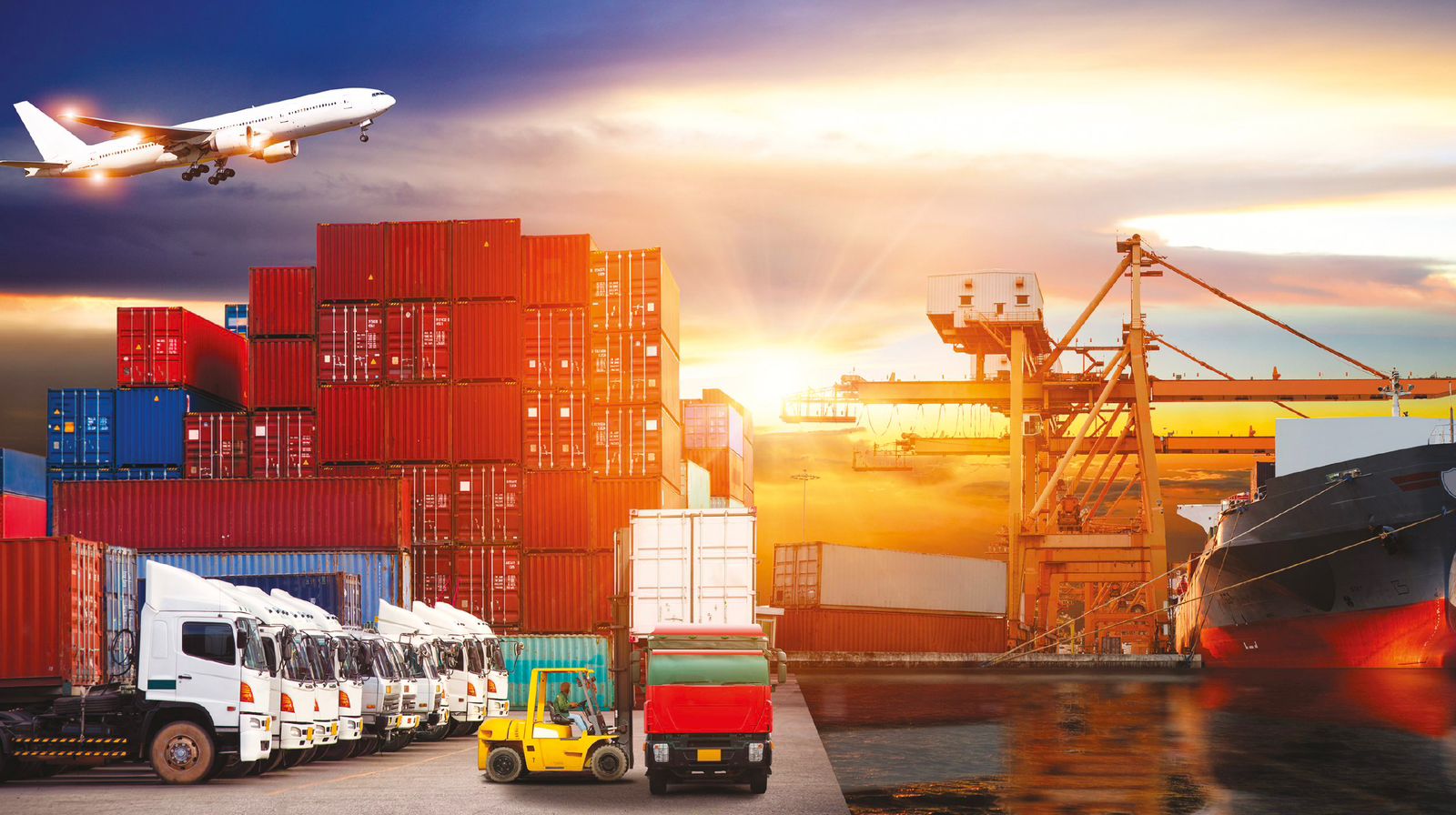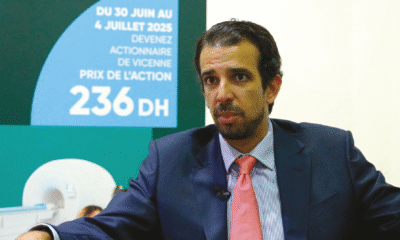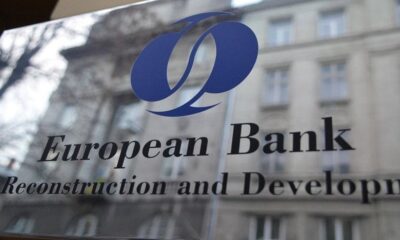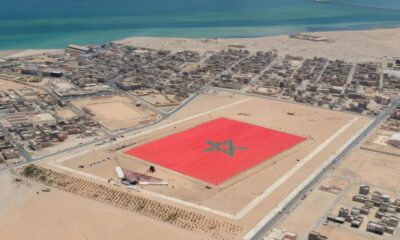Business
Transport and Logistics: Where Does Morocco Stand?
The growth of transport infrastructure is one of the most visible advances in Morocco over the past 25 years. The country has launched projects to meet the challenges inherent in logistics. Overview.

The transport and logistics sector, representing nearly 10% of GDP, perfectly illustrates Morocco’s commitment to accelerating its economic, social, and environmental development.
Morocco, which will host the Africa Cup of Nations (CAN) 2025 and the 2030 World Cup, intends to leverage these two major sporting events to boost the transport sector’s growth.
Specifically, numerous projects related to road transport are underway, including the expansion of road and highway networks.
The country’s 2030 Port Strategy, which anticipates tripling or even quadrupling port traffic demand over the next five years compared to 2010, plans several port hubs composed of new port complexes (Nador West Med and Dakhla Atlantique) and ports undergoing expansion or renovation.
The air sector is also advancing, with Royal Air Maroc’s fleet expected to grow from about fifty aircraft to 200 by 2030, when the country’s airport capacity should reach 80 million passengers (up from 40 million currently).
The Kenitra-Marrakech high-speed rail line (LGV), set to open before the 2030 World Cup, will transform rail transport, which is modernizing through ONCF’s massive acquisition plan (168 new trains, including 18 TGVs) and network renovation.
The modernization of national rail transport will require over 96 billion dirhams in investment, including 53 billion for the LGV Kenitra-Marrakech extension.
Similarly, several new logistics zones are under construction.
Beyond this promising outlook, Morocco benefits from solid achievements in transport and logistics.
Morocco, Number 1 in Africa
At the continental and regional levels, Morocco ranks first in Africa for infrastructure, with an 85.8% rate according to the 2024 African Governance Index.
Between 1999 and 2024, the highway network grew from 80 km to 1,800 km, placing Morocco first in the Maghreb and second in Africa. Globally, Morocco ranks 16th in road infrastructure density and quality, with about 58,000 km of roads, including 2,164 km of expressways, and roughly 80% paved roads.
By 2030, Morocco aims to reach 3,000 km of highways. The rail network totals 2,309 km of tracks, including 200 km of high-speed lines, with 64% electrification.
At the 3rd Rail Industry Summit in Casablanca, Transport Minister Abdessamad Kayouh stated Morocco has the most developed rail network in the Maghreb and second in Africa.
Notably, Al-Boraq is Africa’s first high-speed train, and the Kenitra-Marrakech line will cut travel time from Tangier to Marrakech to 2 hours 45 minutes by 2029, down from 7 hours currently.
25 Airports and 43 Ports
In 25 years, the number of airports and ports has significantly increased. Airports rose from 15 in 1999 to 25 in 2024, including 19 international airports across the country.
The National Airport Strategy 2030 aims to modernize main airports and increase capacity to 80 million passengers annually, supported by Royal Air Maroc quadrupling its fleet by 2037.
Ports increased from 24 in 1999 to 43 today: 14 multi-specialty commercial ports, 22 fishing ports, and 7 marinas.
Tanger Med port ranks among the top 3 container ports worldwide, according to the 2024 Port Performance Index.
The Moroccan Logistics Development Agency (AMDL) closely oversees progress
Recognizing logistics as a key competitiveness lever, Morocco implemented a national logistics strategy in 2010 aiming to reduce logistics costs from 15% to 8% of GDP by 2030.
While connectivity improvements in ports, rail, and roads have been achieved, challenges remain, especially in professionalizing a fragmented sector dominated by small carriers.
Development of multimodal logistics zones faces land access issues. The AMDL has mobilized nearly 200 hectares in Casablanca, Kenitra, and Agadir regions and plans to allocate about 750 hectares by 2028 to establish peripheral logistics zones, easing urban congestion.
In summary, Morocco, leveraging world-class infrastructure, must intensify efforts to address logistics challenges related to storage and distribution infrastructure, developing a national maritime fleet, and digitizing logistics SMEs













